There's a lot of excitement about new technology in customer care, support, and success. The progress of video, real-time messaging, chatbots and artificial intelligence (AI), self-service and even customer success itself, all present the potential for big changes in the day-to-day workings of customer success practitioners. But with new technology come challenges, as well. There's a steep learning curve when it comes to use and adapt new technologies, they can be costly for businesses to implement, and there's the looming concern we all feel about some new tech: Will it take away our jobs?
The short answer is NO
Most new technologies will only serve to help customer-facing professionals to do their jobs more efficiently. These technologies might change your job, however, and that's where these predictions come in.
Below is about the future of service technology - and how it will change your day-to-day work, as well as the trajectory of your career.
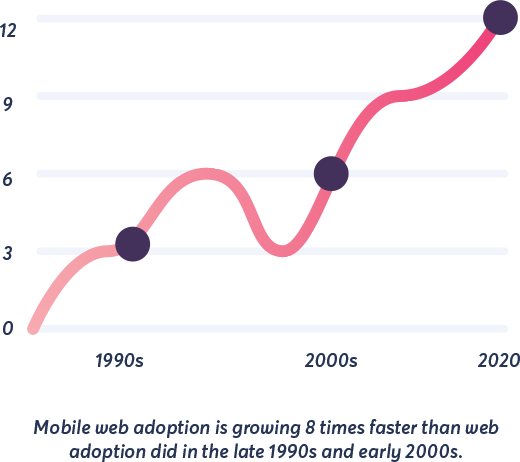
Before we move forward, let us understand what is service technology? In simpler words, it is the software that would assist customer service teams in achieving customer success.
These are the tools to improve workflow efficiency, making it easier for businesses to provide effective solutions to their customers, helping them manage the increasing demand for WOW customer service.
Now that we have that out of the way, let's take a look at how service technology would impact the future over the next 10 years
1. Customer behavior (data) driven Customer service
No matter which service technology you choose, it should include a way to quantitatively measure its success. Without that, there's no way to prove if the added software is being effective. So, as companies continue to adopt service technology, their customer service teams will become much more dependent on analyzing the success of these programs.
With that shift, there should be a noticeable influx of valuable data circulating throughout customer service departments. Service technology records a variety of information about customer interactions that are used to identify overlooked customer needs or roadblocks. Customer support and success teams then utilize this data to improve the customer's experience.
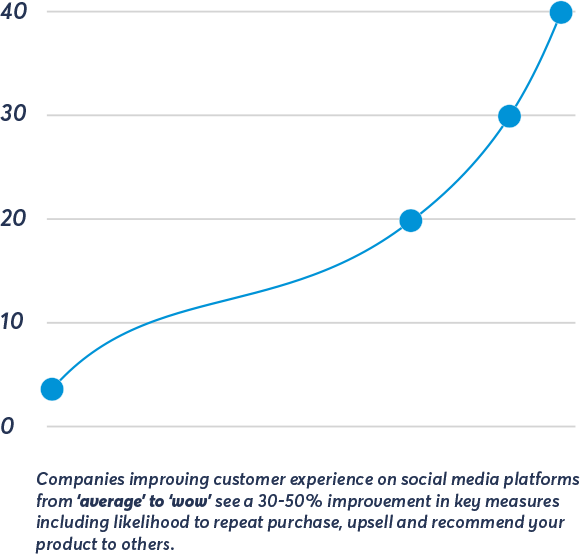
Additionally, marketing and sales teams will be interested in this information because they can apply it to their initiatives as well. Marketing teams will use these insights to highlight new roadblocks and record them in the customer's journey map. Sales teams will want this data to understand relevant customer needs that they can touch on during their sales pitch. Adopting service technology will lead to new demand for customer service data that can be beneficial across your entire organization.
Data can help for Customer retention which is another measure to gauge customer success, delivering great customer service will help your company retain customers. Customer retention is essential to a growing business, as it’s much easier to persuade and sell to existing customers. In fact, according to a study by Marketing Metrics, the probability of selling to a prospect is 5-20%, while the probability of selling to an existing customer is 60-70%!
2. Empowering your customer “Self-service or Web self-care”.
Demands, needs and wants of customers are changing rapidly, and they expect more self-service avenues than ever before. Why is that happening? Most consumer companies that the average customer interacts with are big and technologically-sophisticated— think about Facebook, Amazon, Google, Banks, Grocery stores, big retailers and so on.
These big businesses are embracing self-service because it lowers their costs of doing business PLUS keeps their customers engaged — in doing so, they're also developing more sophisticated methods of customer interaction. Over time, businesses that can't or don't keep up with this change will look like CONVENTIONAL business.
The first step to helping your customers help themselves? You need a knowledge base where you can write out answers to common customer questions that they can find on Google or using their voice-search devices over and over again — without your customer support reps having to talk them through it.

3. Video communication and real-time messaging
a. Video Communication
Personalization and eye contact is very powerful, and customers, more and more, will look at non-video, real-time voice conversation as a thing of the past. Businesses using "video voicemail" (e.g. Loom) or "video conference" (e.g. Zoom with video) — are a generation ahead.
Eye contact improves relationships and facilitates openness (whether that's in business or your personal life), so video is not just a growing expectation of consumers, but a viable business-improving tool for service providers.
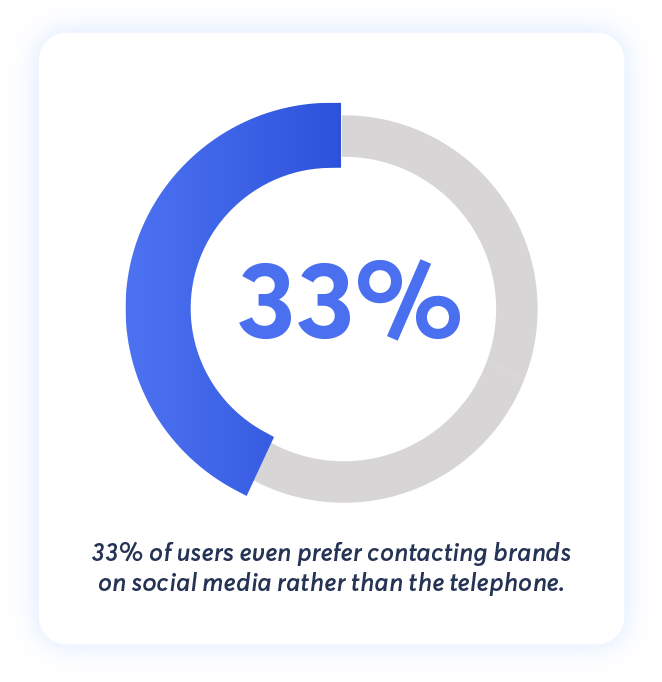
b. Real time messaging
Email is a thing of the past and live chat is the way forward. Just like video, customers expect you to be always on, and most of them prefer to interact using chat than phone or email. WhatsApp, Facebook and other social media platforms as a channel for communication support has pushed way ahead. We can converse with businesses in real-time, and these channels would even show you their average responsiveness, trends and analytics etc.
This expectation of real-time messaging and responsiveness seeps into other media as well — conversations and chat are all expected to be real-time and authentic.
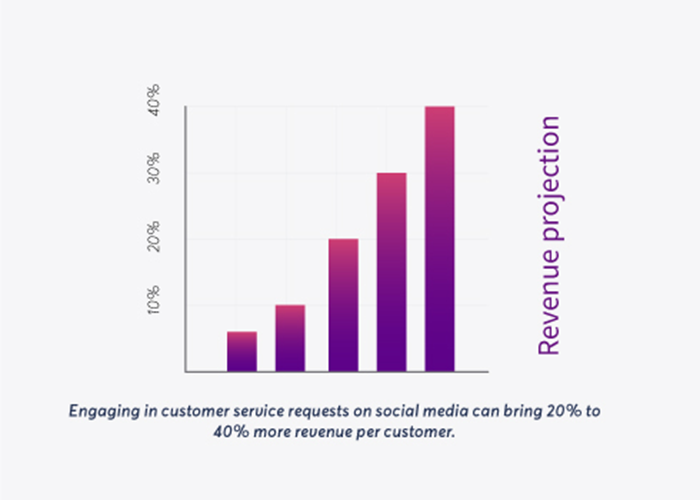
4. Bots (and AI) will help professionals.
Today, most "bots" are not actually any form of artificial intelligence. They're branched, piecemeal logic presented in a conversational user interface (UI) (like iMessage or Facebook Messenger).
Bots are just a different interaction mode for existing knowledge, and it's another opportunity to engage your customers. The conversational user interface is a great way for businesses to be innovative. Bots can be very clever when backed by good technology - It's extremely clever math, analytics turned into experience.
The near-term opportunity with bots is twofold:
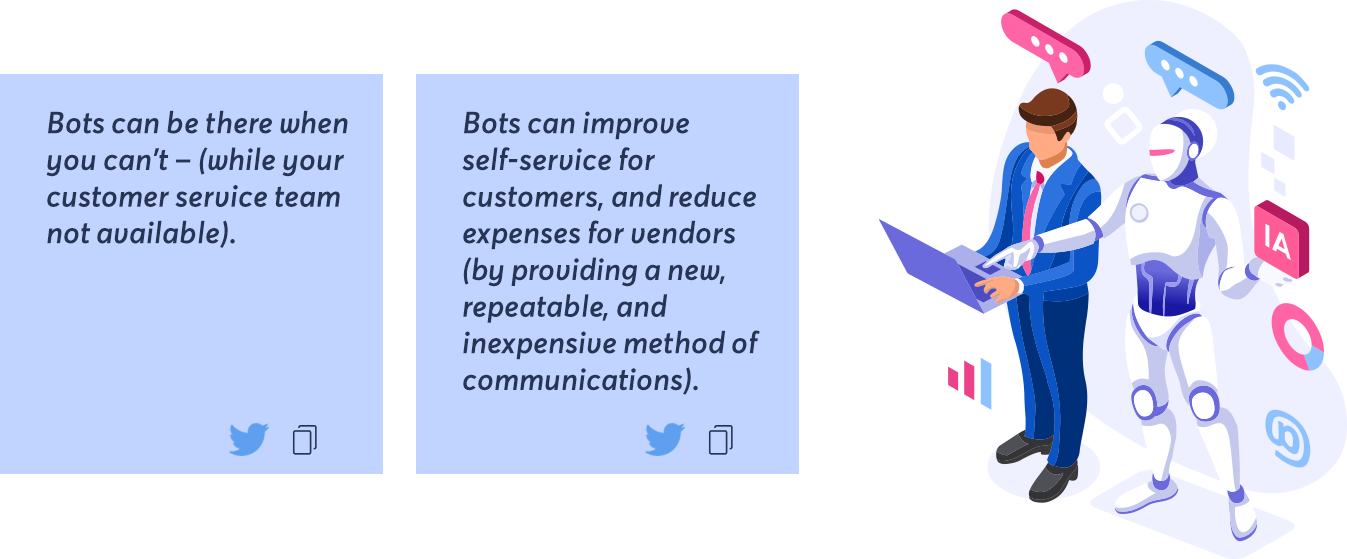
Over the next 10 years, this technology will continue to make huge advances and will be capable of doing even more of what humans are doing today. It will be smart for customer-facing teams to keep up with BOT progress and stay on the cutting edge to provide increasingly better experiences at lower costs. Bots and AI will be a game-changer for customer support where reps will only have to deal with cases where bots can't answer questions with the help of a knowledge base or a history of customer interaction.
Once you make support content public in a knowledge base, a bot can learn and deliver that information again and again when customers ask for it.
When you think about the inbound service framework we're building, customer support is about engaging with customers reactively, customer service is about guiding them with new suggestions and added value, and customer success is about helping customers grow, and can provide infinite additional value for both the customer and their own company.
In the grand scheme of things, when bots and AI become a mainstream part of every customer-facing team, leaders will be able to reallocate customer support reps into the customer success organization— because there will be less need for the repetitive answering of questions, and a greater need for helping customers grow and derive value from the products and services they've already purchased.
5. Customer success — The main differentiator.
Over the next five years, great customer success will become a critical competitive advantage for businesses. The customer success industry, and the progress of businesses in search of customer value, is just too fast and effective for this to not happen. Plus, the concepts of customer success are permeating beyond just the software-as-a-service industry. It's spreading quickly and growing.
When customer success becomes table stakes, it will be an exciting time in the industry of customer success to see the takeover. But when that happens, it'll pose a novel challenge for businesses looking to grow their customer list. Successful, established businesses will have happier customers on the whole, raising the bar even higher for new entrants, even as switching costs of providers decreases for consumers.
Plus, customer success will become an imperative from day one, increasing startup costs and dipping margins for new entrants. It'll be an exciting new set of challenges to stay ahead of that curve once it arrives — and if you're already doing customer success at your organization now, you're ahead of the game.
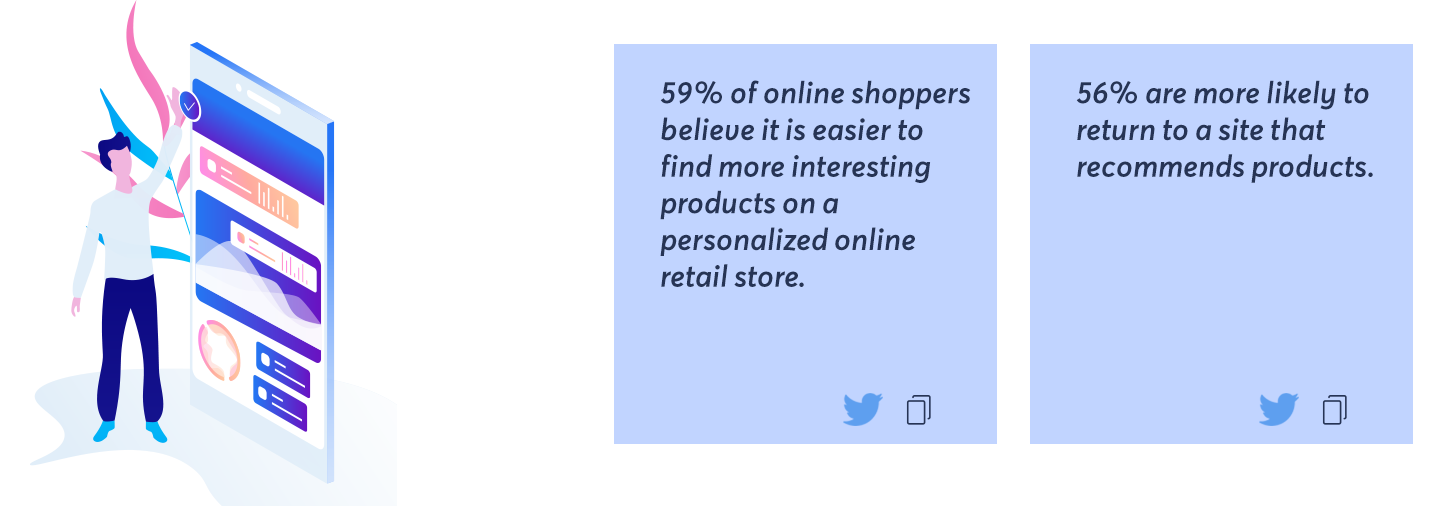


Submit a comment